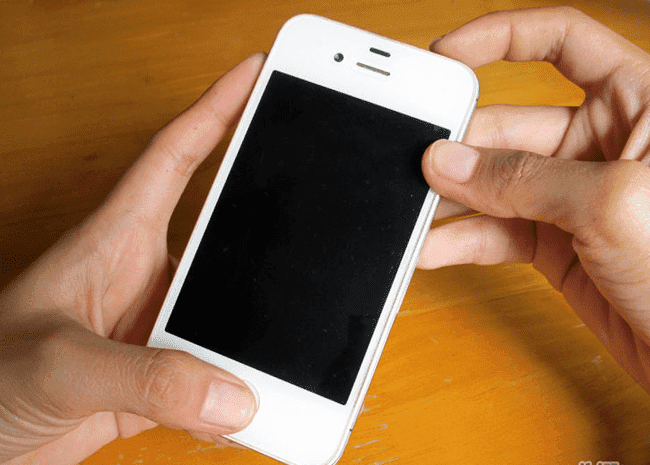
Each of them intrude into the territory of one another, hence it becomes difficult to form a clear picture. Before performing any of these tasks, you must first understand its definition and scope. Therefore, before we move on to explaining how to hard reset your iPhone, let us be clear on what each of the terms means. Before performing any of these tasks, you must first understand its definition and scope.
Therefore, before we move on to explaining how to hard reset your iPhone, let us be clear on what each of the terms means. Soft reset: This is simply switching the phone off and back on. This usually solves minor problems with incoming calls, texts, emails or Wi-Fi connections. Factory reset, which deletes all personal data and applications and rolls back the device to its factory settings. Restore: This is the end-all solution to any software glitch and is used as an ace of spades to get out of a system crash.
It removes and reinstalls the operating system, with an updated one if updates have been made. Here are the steps to perform both types of hard resets on your iPhone. When you encounter a minor or moderate software glitch or an application becomes unresponsive, a forced reboot proves to be a reliable solution.
Hold down the Power/Sleep button on the top right side of the phone simultaneously with the Home screen button near the base. Hold them down until you see the Apple logo on the screen. It should appear in about 10 seconds. When the Apple logo appears on the screen, release both the buttons and wait. It may take a while to restart. If the “Slide to power off” screen pops up, it means you did not do the reboot correctly.
Use the factory reset method only when you’ve already done a forced reboot and the problems with your phone remain with no sign of improvement. This method will delete all your personal data and applications. Therefore, it is imperative that you backup the data. You can backup your data via iCloud or iTunes. To backup using iCloud, go to the Settings application. Inside the Settings app, tap on the “iCloud” option and select “Backup” to turn it on.
Tap on Back Up now to start the process of backing up. To backup using iTunes, you need to connect your device to a system that has iTunes. Open the iTunes application and go to the File option in the top left corner of the window. Select “Devices” from the File drop-down menu, then click on “Back up” in the fly-out menu. A dialog box will appear asking if you want to back up your iPhone applications.
Select “Back up Apps” to begin the process. Now that you have backed up the data, go to the Settings application on your phone. In the Settings menu, tap on the “General” option. If you have enabled a passcode to unlock the device, your phone will ask for the passcode.
A small pop-up will appear to confirm that you understand this function will erase all data and reset all settings. The factory reset process will start. Depending upon how much data you have and many other variables, the reset time will vary. Once the process is complete, your iPhone will appear as if newly bought.
The terms forced reboot and soft reset are often used interchangeably. You need not worry about the semantics, as long as the process works. Remember that a soft reset refers to a simple switch off-and-on cycle using the power button. A forced reboot will not delete your data, but a factory reset will. If your device hangs occasionally, a forced reboot should solve the problem. Factory reset the phone if the problem continues to recur. Use a hard reset when you have a frozen/blank screen or the white Apple logo screen of death. If you are selling your iPhone, always back up any important data and perform a factory reset.



0 Comments